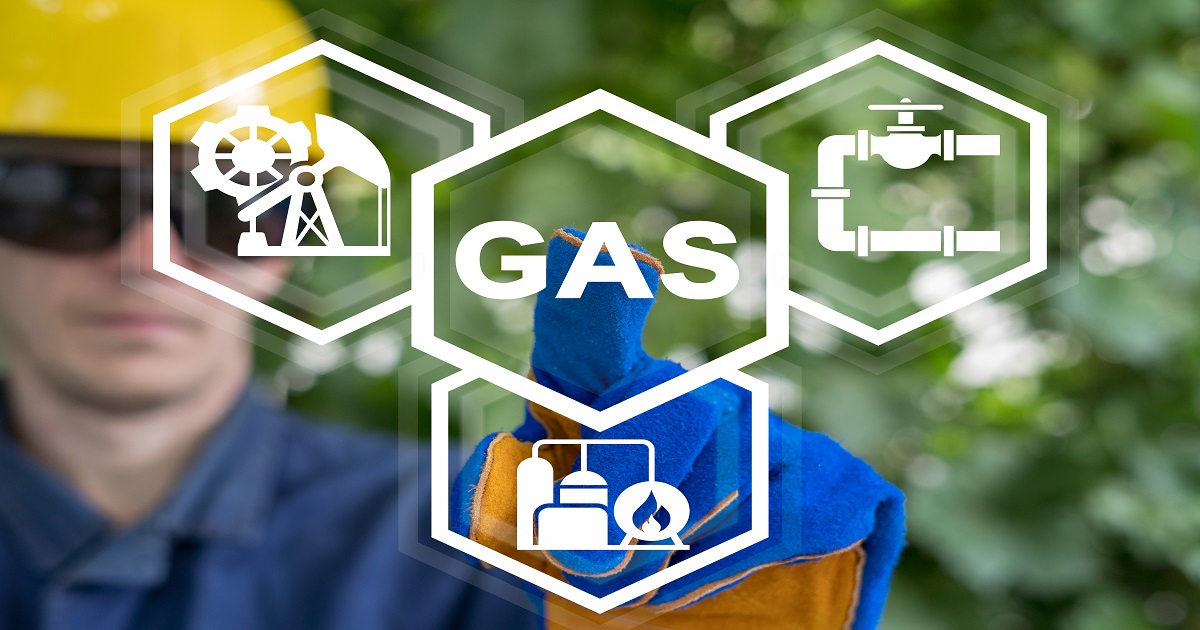
With the imminent arrival of millions of connected cars on the roads by 2020, each with embedded IoT sensors, cloud-based informatics, telematics, and infotainment systems; hundreds of terabytes of data will be being generated every second making data management and the security of that data, critical. Many smart car features are already being used such as advanced driver assistance systems (ADAS), automated temperature control, and touch screen displays but in order to work, these different systems need to be able to communicate with each other in real-time.
Each in-vehicle feature has distinct performance, reliability, and predictability requirements. Safety features for example, automatic airbag deployment is higher up the scale of crucial system requirement than comfort or convenience related systems, i.e. automatic temperature control, and must be able to rely on prompt data transfer. Therefore, vehicles today are embedded with multiple networks with varying data transmission speeds in order of importance, as well as on-board computing horsepower making the vehicles of the future truly nano-datacenters.
“The high-speed wireless transmission that comes with 4.5/5G will open the door to newer concierge services, in-vehicle safety services, insurance services, as well as in-dash e-kiosk purchasing”, said Akshay Sharma, VP/Principal Analyst at neXt Curve.
Embedded IoT sensors in cars
All this data is being used today to deliver a wide range of services like fleet management, tracking, and vehicle maintenance. The benefits are being seen by both the car manufacturers and consumers. Car manufacturers can use the data received from device transmissions within the car to improve their products and reduce warranty costs.
The consumers are seeing lower premiums by their rate being based on individual driving patterns and style gathered from a device in the vehicle instead of only statistical data. In addition, sensor data collected from road infrastructure is able to monitor traffic flow and provide alerts to improve traffic management or to help identify trouble spots on routes which enable improvements to be made more effectively and efficiently in the right places.
This then leads on to Vehicle-to-Vehicle (V2V) and Vehicle-to-Everything (V2E) communication. V2V enables connectivity between vehicles on the road, displaying location-based information, speed that they are traveling at and advance traffic alerts giving the driver ample time to adapt their journey. V2E connects with other vehicles but also the road infrastructure, i.e. traffic lights, signposts, street lights, and the roads themselves. IoT sensors share data accumulated on road conditions and the surrounding environment.
“V2X, Vehicle-to-Anything communications will usher in newer driver assist and support functions in the car beyond the alerting functions that many cars have today changing the driving experience and enhancing mutual awareness between driver, vehicle, infrastructure and things in contextual ways”, Sharma said.
The need for 5G adoption
5G is a huge step in the direction of the fully autonomous car. While current features and capabilities are sufficient for 4G connectivity, where and when it is available, with the sheer volume of data in the ever-growing connected world and the urgent need for real-time transmission, reliable connectivity and capacity is essential to support a truly intelligent road infrastructure.
“While 5G has Ultra Low Latency in the 2 ms range in the lab, there is still a need for Mobile Edge Computing locally. Latencies can still exist such as queueing delays as well as backhaul transmission delays to the data center. In 5G, latencies in the field are expected to be about 25 ms, and at 150 km/hr a vehicle can travel 1 meter over that timeframe”, says Sharma, “but until 5G is universally deployed with availability and resilient edge computing, fully autonomous driving with centralized intelligence in the carrier cloud is still a pipe-dream literally and figuratively. In the near term, we should look for those service that make sense and support the overall evolution of autonomous driving and driver assist.”
Blockchain for Connected Cars
The application of blockchain technology is gaining traction within the automotive industry. As high-tech features in-vehicles are becoming fundamental components, connected through networks. This makes them naturally vulnerable and susceptible to hacking attempts. This is where blockchain technology comes in.
Blockchain is a fully immutable encrypted digital database containing information that can be simultaneously used and shared within a large decentralized, publicly accessible network with smart contracts that define who or what can view and input data. With so many blockchain use cases being worked on, how can this be applied to connected cars?
- Vehicle safety and data security
- Supply chain transparency
- Manufacturing
- Automated Financing
- Smart Contracts
- Infotainment
- Telematics
- IoT
- Insurance
- Fleet Management
Combining blockchain technology and 5G to automated vehicles provides many possibilities including tracking and monitoring, protection against cybersecurity threats, and the ability to share vehicular information to name a few.
“Blockchain which can enable newer pooling of resources, with consensus algorithms to verify transactions… could be leveraged for newer services like platooning of vehicles whereby groups of vehicles and collectively ‘negotiate’ and ‘agree’ to form a chain with minimal distances between cars or trucks using electronic coupling with benefits of improved fuel efficiency, fewer collisions and reduced commute times if done properly”, Sharma continued.
There are many use cases and many more in development inspired by what has already gone before, for example, IoT sensors on cars can be used in varying ways even when the car is parked and only limited to the imagination. In the same way as IoT, blockchain and 5G have endless potential which could revolutionize connected cars of the future.
Arti Loftus is an experienced Information Technology specialist with a demonstrated history of working in the research, writing, and editing industry with many published articles under her belt.Edited by
Ken Briodagh





